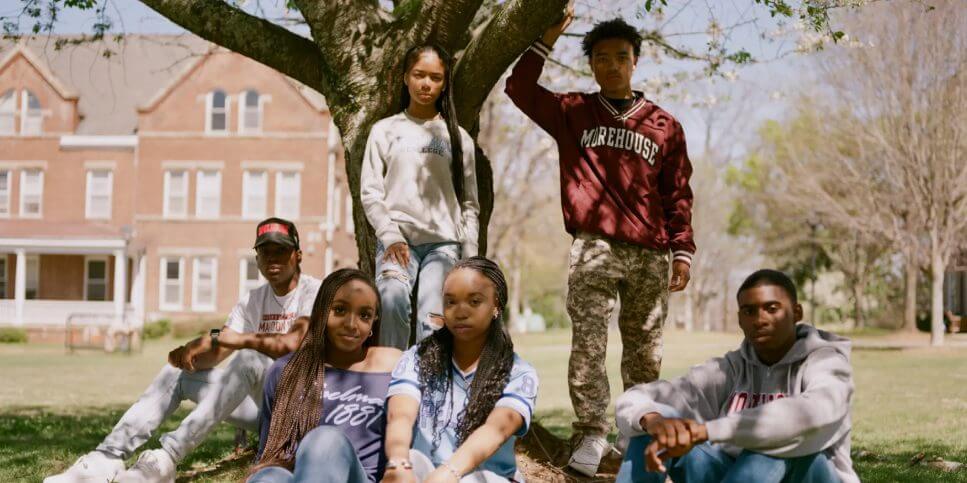Why Students Are Choosing H.B.C.U.s: ‘4 Years Being Seen as Family’
Once the primary means for Black Americans to get a college education, Historically Black Colleges, and Universities (HBCUs), now account for just 9 percent of such students, while 91 percent are enrolled in predominantly white institutions (PWIs). But HBCUs, long bastions of Black excellence, are increasingly becoming the first choice for some of the nation’s most sought-after black talent.
This finding is reported in a New York Times article published June 11, 2022, Why Students are Choosing HBCUs: ‘4 Years Being Seen as Family’. The article reports interviews with dozens of students, guidance counselors, admissions advisers, and college officials across the country.
Since the passage of the 1960’s US Civil Rights Acts, many Black students were drawn to PWIs, which were heavily recruited as they integrated, offering financial incentives and better resources. Data for 2020 from the U.S. Department of Education and the National Center for Education Statistics showed that allowing black students to attend PWIs led to 2.0 million black undergraduate students.
While these civil rights laws led to a higher number of black students enrolled in college, they eroded the percentage of black students enrolled at HBCUs — 279,000 students as of 2020, the most recent data available. This shift in college enrollment also created the perception in the Black community that HBCUs were a second-rate option. “We had to our great detriment, and perhaps even our peril, accepted the narrative, ‘white is right,’” said Roslyn Artis, president of Benedict College in Columbia, S.C.
However, the 60-year experience of attending PWIs has not always proven to be the best cultural fit for black students. While the years have diminished the intensity, it has not eliminated the presence of racial tensions that greeted black students on their arrival on these campuses.
Especially when compared to HBCUs, the schools originally created to be safe spaces for Black students, cultivating both their intellects and their spirits. The HBCU experience was designed to mitigate the inherent stresses associated with the transition from home life to college life and finally into career life for black college students.
The need for these spaces was magnified during the 2020 pandemic, as the combined stress of social and political events occurring nationally led to an unprecedented surge of enrollment at HBCUs. Morehouse College welcomed the largest group of new students on record for the first day of fall 2021 semester classes. The group of 973 new traditional and online students represents an increase of 70 percent when compared with fall 2020.
Enrollment increases of this magnitude, or only half of this magnitude, if sustained and spread over all HBCUs for several years, would result in the doubling of HBCU enrollment. Such a change in the enrollment patterns of black students favoring HBCU campuses, which are located mostly in southern states, would be like the great migration of black families to northern and western destination cities from the southern states that occurred during the early 1900s.
The success of such a migration would depend on the ability of HBCUs to manage the impact of these new arrivals. The HBCU Community Development Corporation is ready to help your HBCU prepare for and successfully absorb this probable challenge to your HBCU infrastructure. If your HBCU needs assistance getting started, contact us now.
https://www.nytimes.com/2022/06/11/us/hbcu-enrollment-black-students.html
